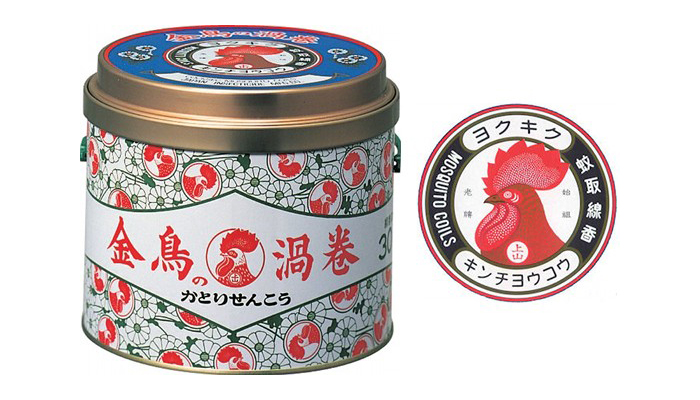Our new print is in! We'd like to welcome a new addition to our shop of Japanese things we love - the Windchime. And just in time for the summer!
When I think of Japanese summers, I imagine すいか (suika, watermelon), かき氷 (kakigoori, shaved ice), 花火 (hanabi, fireworks), 浴衣 (yukata, a light cotton summer kimono), and of course our favourite 風鈴 (fuurin), the glass windchime. Traditionally, in Japan the windchime has long been regarded as a symbol of good luck. The sound of the bell ringing is thought to ward off lurking evil spirits. Perhaps you noticed that most Japanese keychains are adorned by a small bell for the same reason. But I think there is another symbolic meaning behind the chime. A practical one at that. The tinkling sound of the windchime when played by the wind, reminds us of the cool gentle breeze on a hot summer’s day. Our windchime print is meant to remind us that those summer days are just around the corner. The print’s bright colours will warm up your space, and bring back the joy of the crisp melodic sound of the windchime, when rattled by the gentle movement of the air. The Japanese text, 「夏のそよ風」 (“Natsu no soyokaze,” “The gentle wind of the summer”), captures this very essence.
So how did we come to love it so much?
During our stay in Japan, we decided it’d be ok not to invest in the AC. Houses and apartments in Japan usually don’t come with any appliances. Everything needs to be purchased at the time you move in. When we first settled, the weather was nice and cool. So after buying the refrigerator, washing machine and everything else under the sun needed for daily comfortable living, we decided to put off shopping for the エアコン (eacon, AC). After all, the unit aside, electricity in Japan is expensive, and running one would cost a pretty penny. We thought we’d rather spend that money on other fun stuff Japan had to offer. Then the summer came. It was easily above 35°C on any given day. And as the consumer demand for the AC rose, so did the prices. To save our cash, we found tons of alternative cool ways to keep our house cool. Pun intended. We wore Japanese specially designed water soaked scarves that keep your neck cool. Used gel-infused cooling seating pads for comfort. And with two retro-style fans that would blow the air about the room, it somehow became manageable. Not all, but most of the time. The time was also right after the 3.11 Touhoku Earthquake, and the government was actively promoting 節電 (setsuden, electricity conservation). So even if we owned one of those babies, we weren’t allowed to run it during peak hours, which is when you really need it. We were determined to brave the summer heat as we were.












